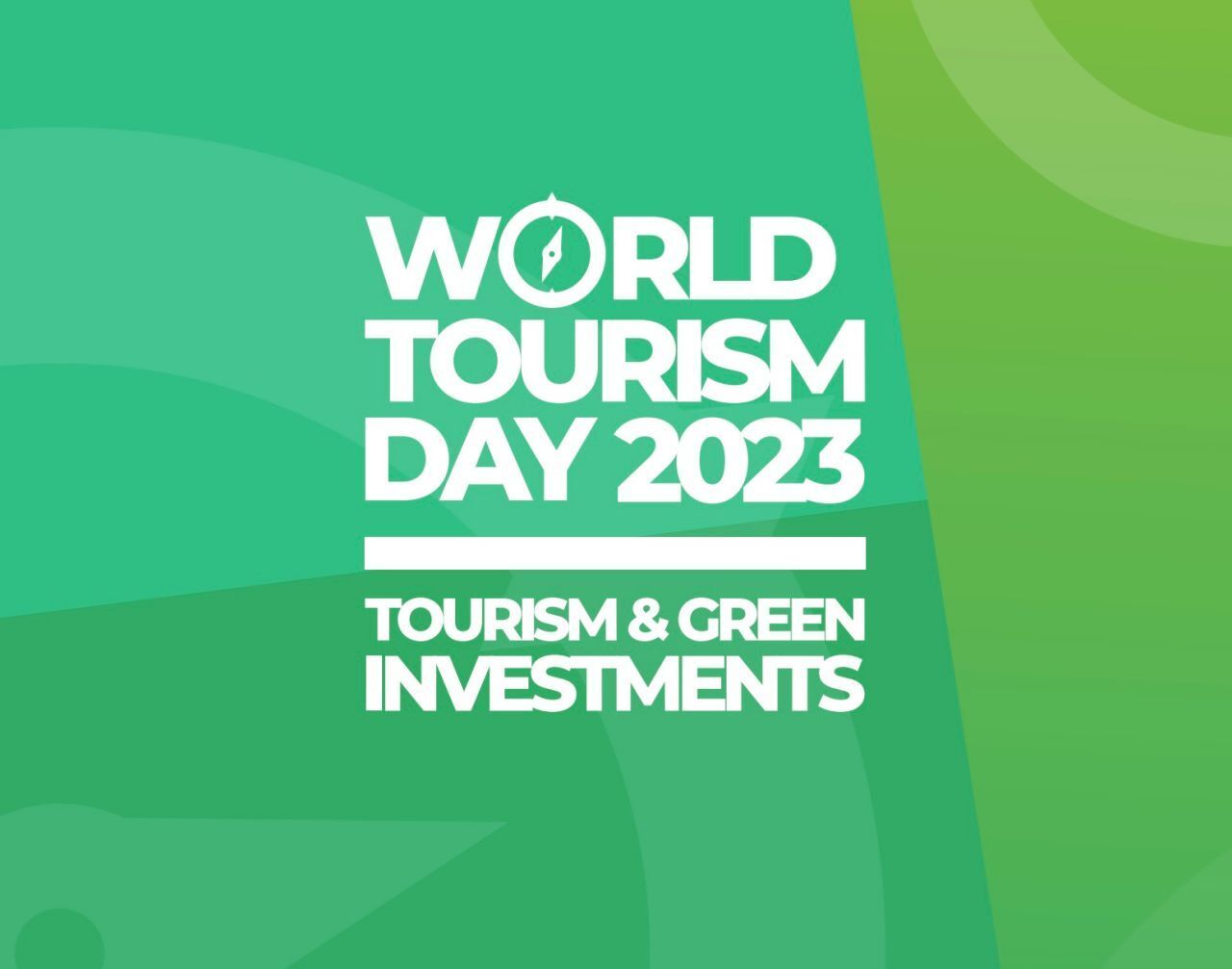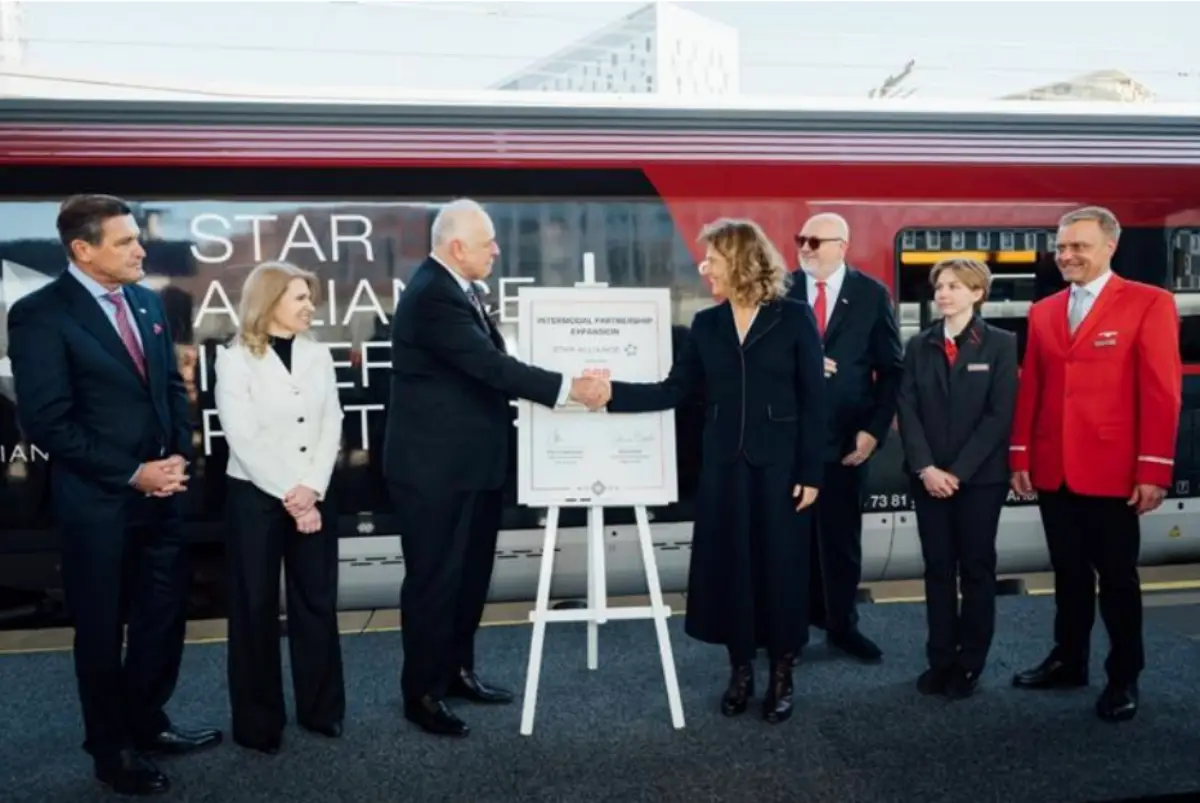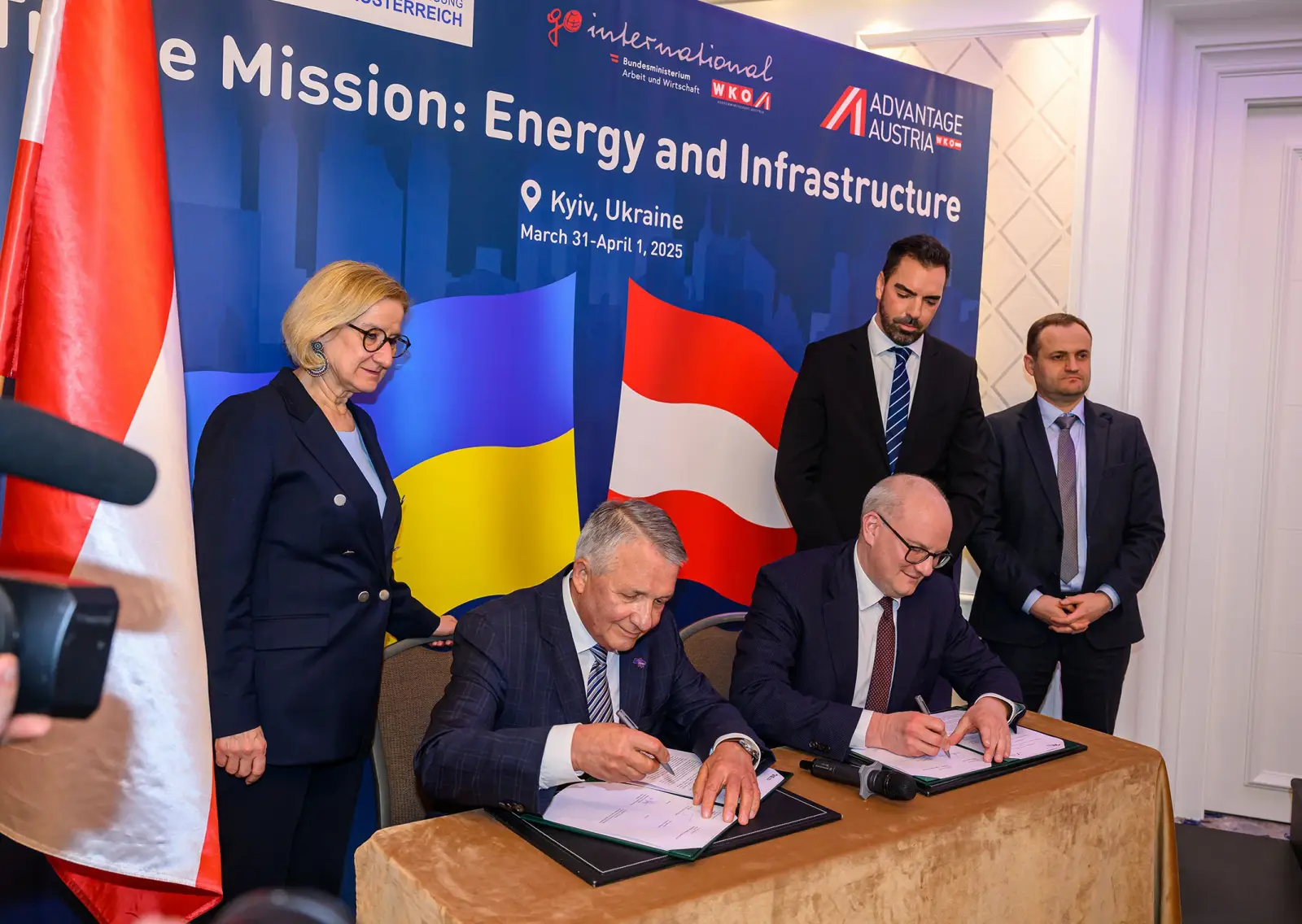U.S. business travel spending will increase by 3.1 percent in 2015 and 3.7 percent in 2016; however the outlook is not that bright. While the number of trips is up, total spending per trip is down. The global oil price collapse and economic weakness in China, Russia and the Middle East may slow down U.S. Business Travel spending; a caution for the overall U.S. economy.
These findings are part of the GBTA BTI™ Outlook – United States 2015 Q3, a report by the GBTA Foundation, the education and research arm of the Global Business Travel Association (GBTA), and sponsored by Visa, Inc.
The Outlook released today represents a downward revision from the one released in July, when growth was projected to grow at 4.9 percent in 2015 and 5.4 percent in 2016. The revision can be attributed to three key factors:
- U.S. companies are becoming far more selective in authorizing business travel abroad as a result of global economic uncertainty and risk. While we expect 5.4 percent growth in International outbound business travel volume this year, spending growth rates will be slashed by more than 50 percent from 2014 (from 8.6 to 3.4 percent).
- Inflation in the business travel sector will be nearly flat (0.5 percent) in 2015 and modest (3.0 percent) in 2016, primarily due to the collapse of global oil prices. While the volume of U.S. originated trips will increase 0.7 percent from 495.8 million in 2014 to 499.2 million in 2015 and 514.8 million in 2016, the total growth rate for spend is actually down. This is especially true in two areas – air travel spending, which will decrease by 3.4 percent in 2015, and ground transportation spending, which will decrease by 7.7 percent.
- Actual (as opposed to projected) business travel figures, which were revised to indicate higher trip numbers and lower spending figures for 2014
“According to the U.S. BTI forecast, companies are looking for ways increase business travel while still keeping costs in check,” said David Henstock, VP of Global Commercial Solutions, Visa Inc. “As companies look for efficiencies across their organization, electronic payments play a key role in helping both buyers and suppliers in the travel industry manage expenses and drive savings to their bottom line.”
The study also finds that the collapse in global oil prices is finally beginning to impact consumers, particularly when it comes to air travel spending. In 2015, the average airfare for a domestic roundtrip is $379, compared to $392 in 2014.
However, the benefit and savings from these lower fares is likely to be negated by increasing ancillary fees. During this same time period there has been an almost steady year-over-year increase in airline revenues from these extra fees.













